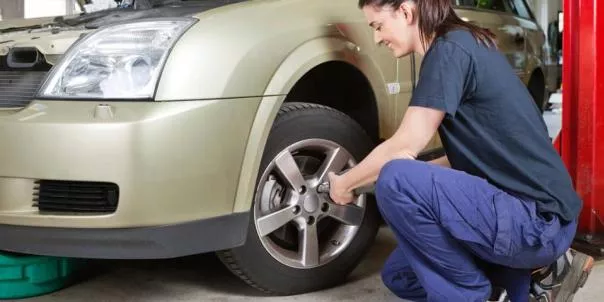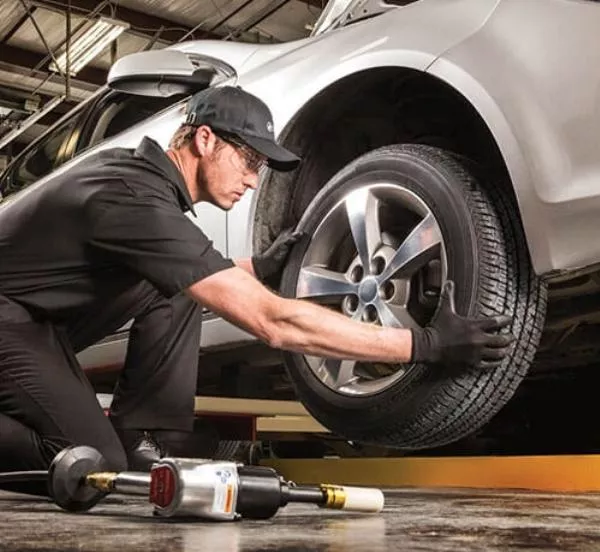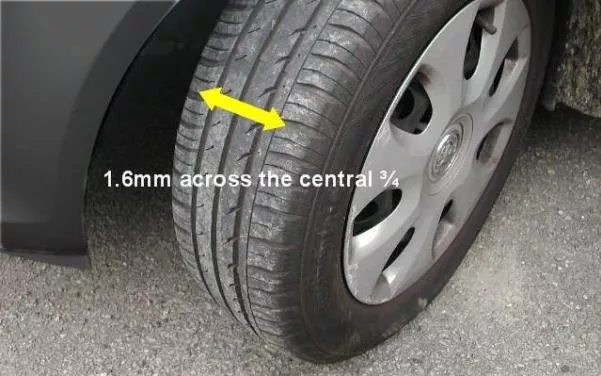The international automotive manufacturer Michelin recently confirmed that there is no relationship between the minimum tire tread depth with the accident rate. The company even stated that used tires which are slightly worn off work more efficiently than new tires.
Tire Wear Problems - Causes and Symptoms
Recently, the French-based tire company Michelin argued that replacing tires too early was unnecessary and wasteful. The company voiced opposition against increasing the minimum tire tread depth as required by road safety regulations.
Despite social pressure to tighten the regulations and raise the minimum tread depth from currently 1.6 mm to 3 mm, Michelin argued that there is no real link between the automobile crash rate and the tire tread depth of 1.6mm. Thus there is no reason to raise the minimum depth if 1.6 mm-tread tires are totally safe.
>>> When should I replace my tires & How to buy suitable ones? Click to find out.

Replacing tires too early was unnecessary and wasteful
A report by Ernst & Young, quoted by Michelin, shows that replacing tires with 3 mm thick tread instead of 1.6 mm would cost car owners in Europe only an additional €6.9 billion (about $7.7 billion) per year on new tires and unnecessary fuel costs.
To make it sound more relevant to you, normally it takes 10 years of usage before a well-preserved tire has to be changed (or at least 5 years if you drive a lot and in harsh conditions for the tires). If this new regulation were to be in effect, you could expect that time to reduce by almost half, and it would cost you significantly more money for your car maintenance by buying new tires every couple of years.

Normally it takes 10 years of usage before a well-preserved tire has to be changed
Michelin points out that tire tests now focus on attributes that are more relevant to new tire products, but disregard the fact that many old tires are as good as new ones in brake support effectiveness - which is of most importance to tire safety. They recommend focusing on critical attributes such as braking performance on wet roads when assessing old tires. According to Michelin, used tires with a tread depth of 1.6 mm are effective for braking even in wet road conditions, therefore should be qualified for usage.
>>> Related posts:
- Step-by-step instructions on how to change your car tires
- 4 useful tips for preserving car tires in the summer
- How to prolong the lifespan of the tire?

Used tires with a tread depth of 1.6 mm are effective for braking even in wet road conditions, therefore should be qualified for usage
Furthermore, Michelin's internal tests show that some worn-out tires can support brakes better than new tires on wet roads. The company acknowledges that tire treads are a factor that affects brake performance on wet roads, which could explain the higher effectiveness of old tires. However, it’s hard to deny that as long as the tire is good in use, it doesn’t matter if it is old or brand new.
>>> Click here to get more useful tips and advice for all car owner










